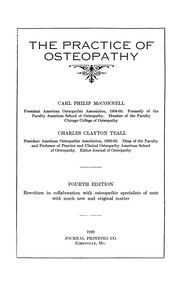Bats Avoid Mid-Air Crashes by Adjusting Their Echolocation During Flight
A recent study conducted in Israel’s Hula Valley reveals how bats manage to avoid collisions while exiting caves in large groups. Despite the expected interference from their echolocation calls, which could lead to crashes, bats have adapted by making behavioural changes. They fan out in flight, switching to higher-frequency calls that are shorter and weaker, helping them navigate without interference from surrounding echoes. This study, published in the Proceedings of the National Academy of Sciences, offers new insights into bats' ability to navigate effectively in crowded environments.

Bats fly out of caves in large numbers every night. Even though they fly in huge numbers they do not collide. Scientists have observed this for years. The ability of bats to navigate without crashing remains an area of study. Many species rely on echolocation to sense their surroundings. They emit calls and listen to echoes. When many bats use echolocation at the same time, interference should occur. Scientists refer to this issue as jamming. This raises the question of why bats do not collide when leaving caves in large groups.
How Bats Navigate Without Collisions
According to a study published in Proceedings of the National Academy of Sciences, researchers from Tel Aviv University examined greater mouse-tailed bats in Israel's Hula Valley. The study was conducted over two years. Small tracking devices were placed on multiple bats. These trackers recorded their locations and sounds. Some of these devices contained ultrasonic microphones. The mics were there to capture the auditory scene. Since bats were tagged outside the cave, data at the opening of the cave was not available. A computational model developed by Omer Mazar was used to simulate the missing data. This model recreated the entire sequence of bat emergence.
Findings on Echolocation Adjustments
As per the findings, 94 percent of echolocations were jammed when bats exited the cave. Within five seconds, jamming decreased significantly. Two behavioral adjustments were noted. First, bats moved outward from the dense group while staying in formation. They changed their echolocation strategy. Calls became shorter, weaker, and at a higher frequency. Scientists expected bats to avoid jamming by dispersing. The change in frequency was unexpected.
Reason Behind Echolocation Changes
Omer Mazar, a researcher involved in the study, explained this shift. He stated in an interview with Phys.org that bats prioritise detecting the nearest barrier. In this case, the obstacle is another bat. They did this by changing the method of echolocation. They gather precise information about their immediate surroundings. This reduces the risk of collisions












)

























































